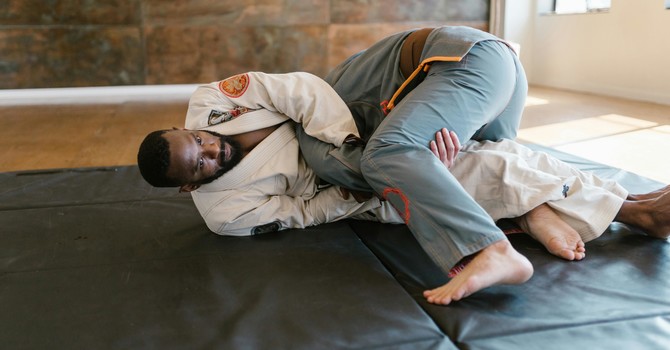
With the IBJJF World Championship kicking off next week, athletes all over the country are buzzing with anticipation for this tournament taking place in Long Beach, CA. Top athletes from around the globe are rolling into town, ready to compete at the highest level. But as the spotlight turns to Worlds, so does the conversation around one of the sport’s biggest concerns: injuries.
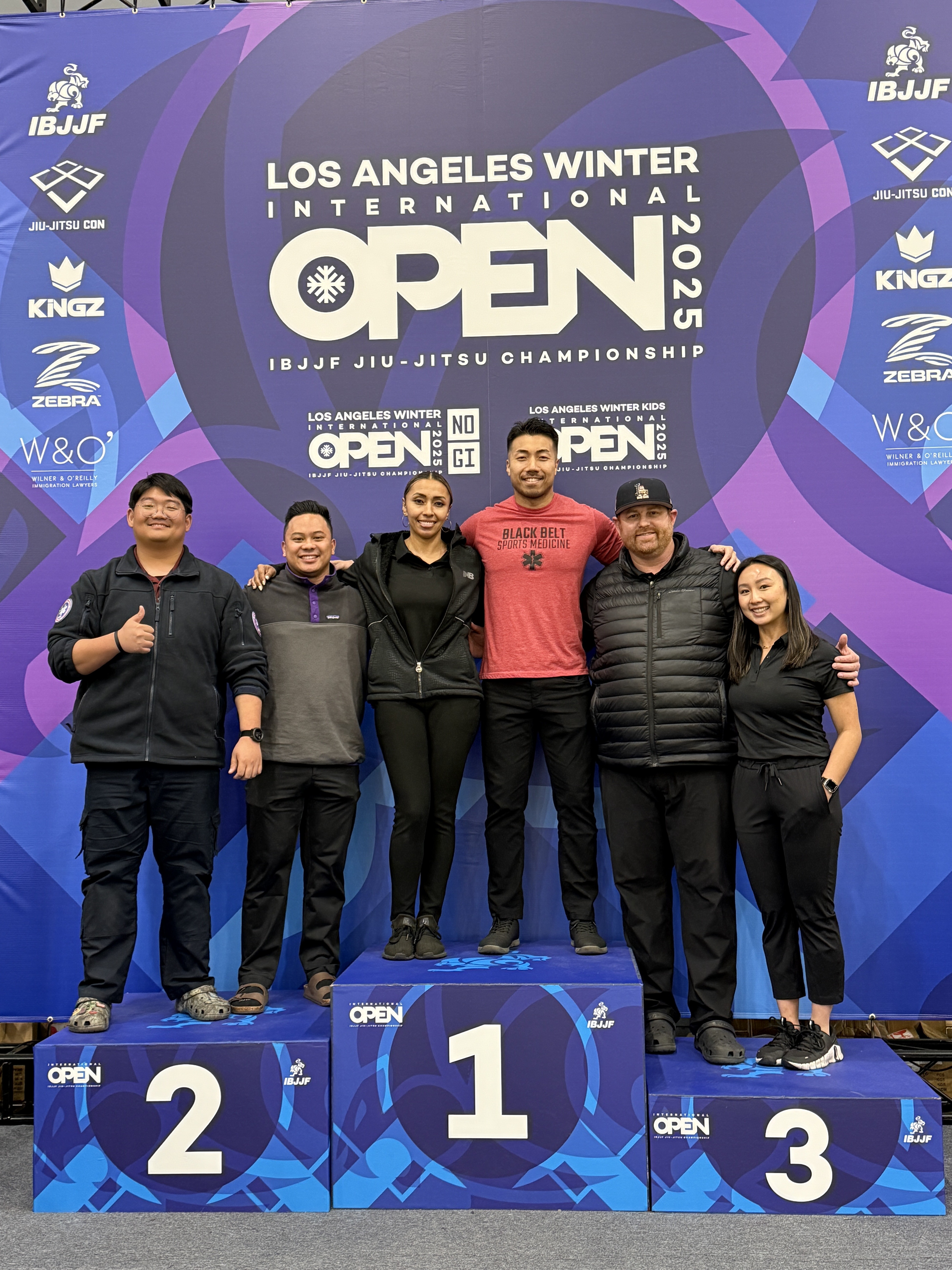
I have been working with the sports medicine team at IBJJF this past year on the sidelines of the SoCal competitions (LA, OC, and SD opens) and will be attending Worlds next week as well. As a medical responder, I’ve seen a large number of injuries happen during these tournaments. However, as a physical therapist who also grapples, I also know how often injuries happen in the gym during training sessions. They occur in everyday training—during hard sparring rounds, misjudged scrambles, or even casual drilling sessions that go slightly off course. And with training intensity ramping up in the weeks leading to major events, the risk can be even higher.
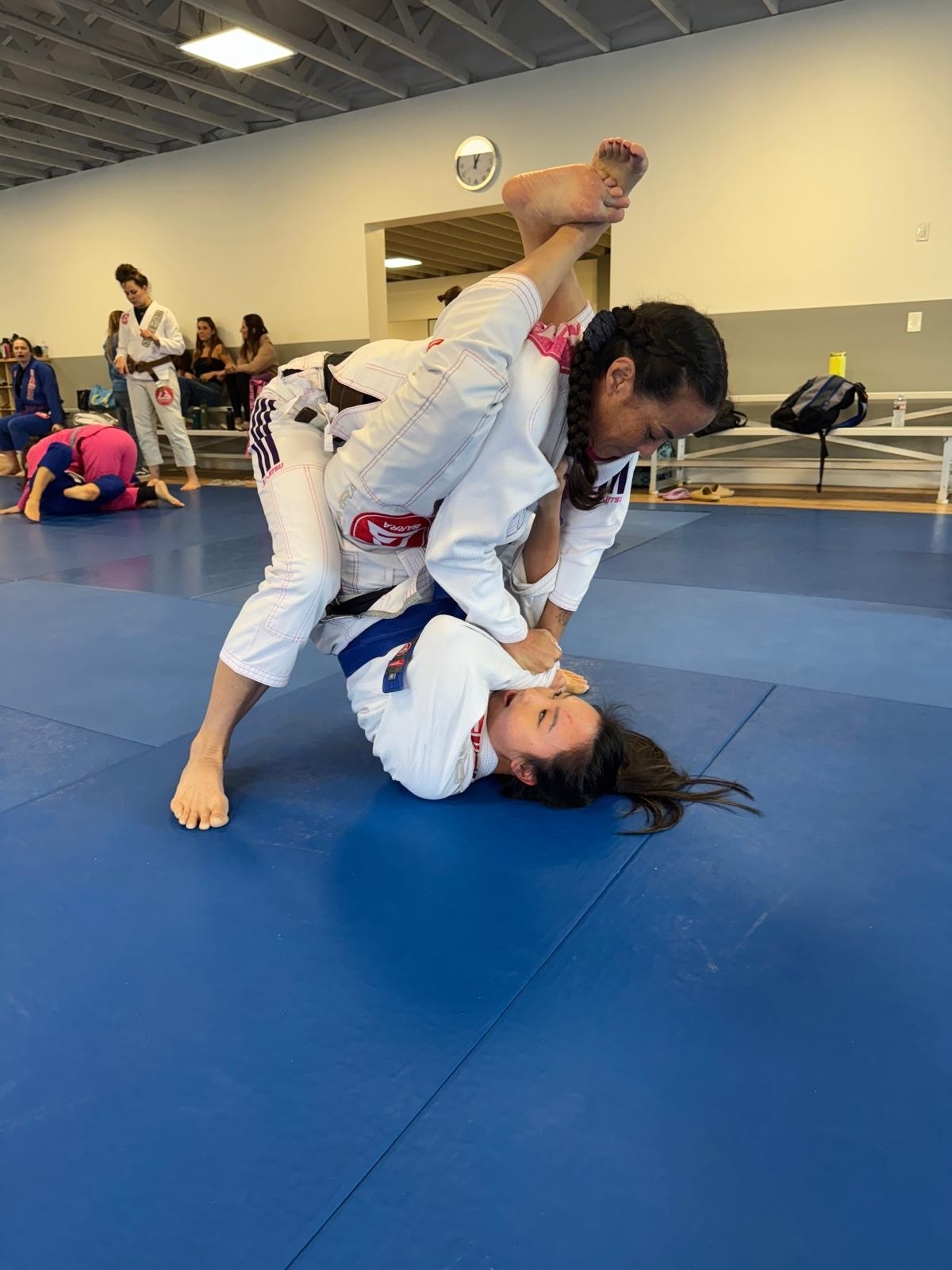
In a sport where longevity is key and performance peaks matter, understanding how, when, and why injuries happen is critical—not just for competitors, but for hobbyists, coaches, and anyone who wants to stay on the mats for the long haul.
Stick around to the end for an exclusive announcement about a game-changing program designed to keep you training harder, smarter, and injury-free.
Competition Gets the Spotlight, But Training Carries the Risk
It’s easy to assume injuries mostly happen during the intensity of competition. After all, that’s when the stakes are highest. But research says otherwise.
In fact, over 90% of BJJ injuries occur during training, not on the competition mat.
Most injuries happen during:
- Hard sparring rounds (77.6%) mostly from:
- Misjudged takedowns (26.4%)
- Poorly executed submissions (29.7%)
The weeks leading up to a major tournament like Worlds are often the most intense for athletes, and this pre-competition ramp-up can also be a high-risk period for injury.
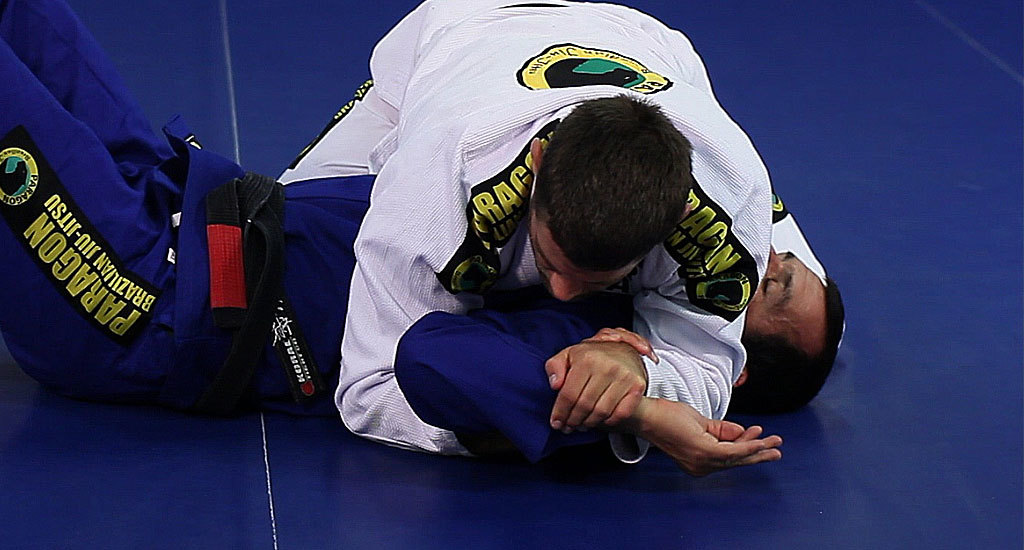
The Most Common Injuries in BJJ
A recent large-scale study of over 1,100 BJJ practitioners revealed some eye-opening insights:
- Knees and shoulders are the most frequently injured joints:
- Knees (27.1%)
- 65 meniscus injuries
- 36 ACL tears
- 36 MCL injuries
- Shoulders (14.6%)
- Knees (27.1%)
- Sprains and strains to the fingers, neck, and upper body are common
These aren’t small setbacks, especially knee injuries like ACL and meniscus tears, which can sometimes require surgery and months of recovery. For competitors and casual practitioners alike, a single poorly timed takedown or stubborn submission hold can put you out for the season or longer.
So What Puts You at Risk?
According to the data, several clear risk factors emerged:
- Age – The older you are, the higher your risk (and the longer your tissues take to heal from injury)
- Belt Rank – Higher belt ranks had the highest injury rates (likely due to the increased complexity of techniques performed)
- Competition Frequency – The more you compete, the more you train (increasing exposure to injury with the increased time on the mats)
Interestingly, stretching, diet, and other lifestyle habits didn’t have a statistically significant impact on injury prevention in the study. This doesn't mean they’re not important for overall performance or recovery—but we may be overestimating their role in injury prevention.
Can We Actually Prevent Injuries in BJJ?
While there’s no magic fix, there are some actionable takeaways:
>> Awareness is key
Understanding the most common injury mechanisms, like resisting submissions too long or getting caught in awkward takedowns, can help athletes and coaches make safer decisions.
>> Education beats ego
When training, tapping early and focusing on clean technique over brute force can extend your career (and help your partners stay safe too).
>> Joint health matters
Maintaining active mobility and stability, especially in vulnerable areas like the knees and shoulders, is crucial due to the dynamic, joint-stressing nature of BJJ.
>> Smart coaching makes a difference
Tailoring training intensity, especially for older or high-risk athletes, can help reduce wear and tear before it becomes something worse.
Final Roll Thoughts Ahead of Worlds
As the jiu-jitsu world converges to Long Beach for the IBJJF Worlds, it's a celebration of skill, resilience, and years of dedication. But behind every competitor is a journey filled with hard training, discipline, and yes, bumps and bruises.
If we want to preserve the longevity of athletes and the health of our jiu-jitsu community, we need to talk openly about injury risk, not just react to it.
Whether you're chasing gold at Worlds or simply rolling for exercise, train smart, tap early if you need to, and don’t ignore what your body is telling you.
See you on the mats and hopefully not on the sidelines!
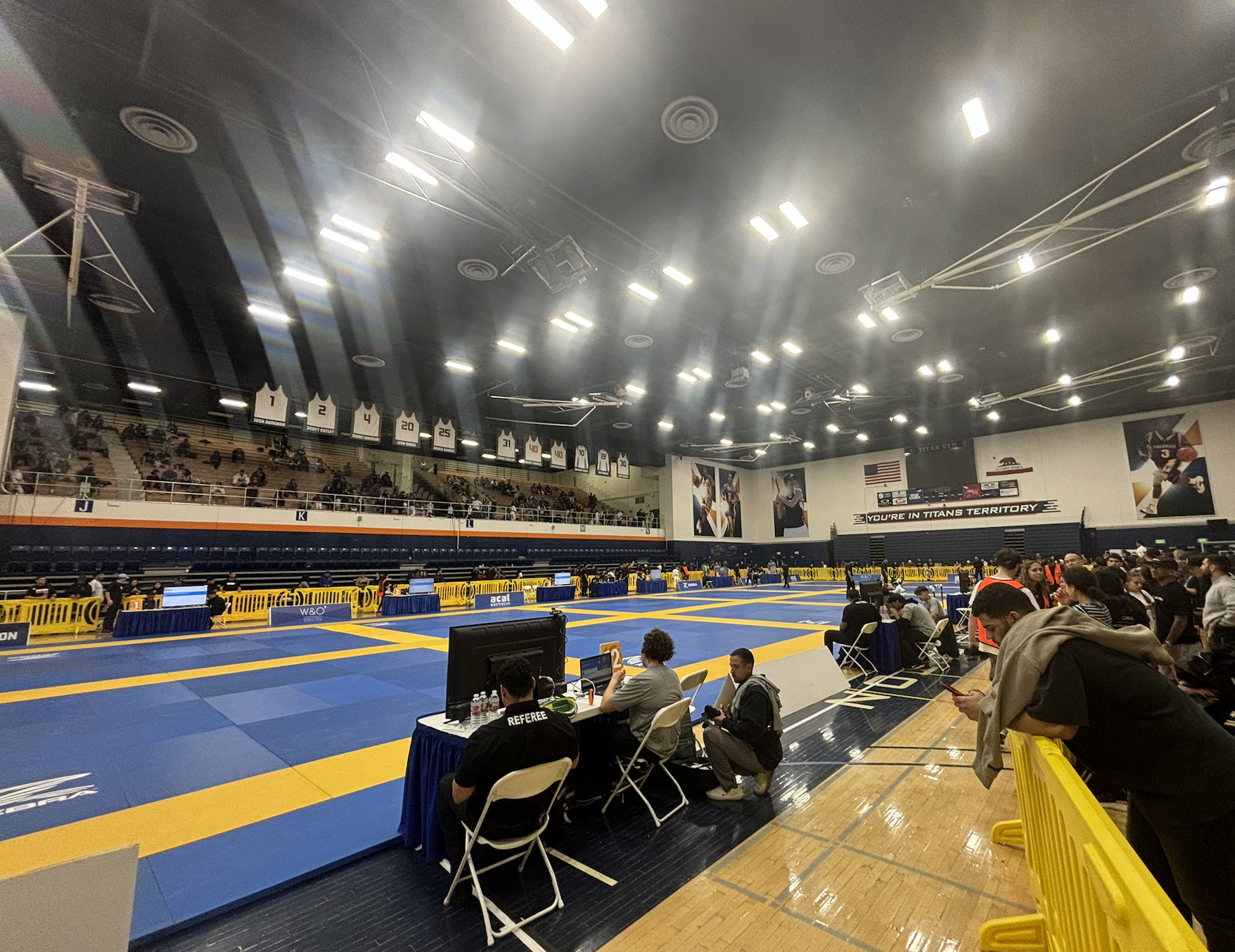
Coming Soon: Resilience in BJJ, a new VPT Program
If you're serious about your training and want to stay injury-free, we’re excited to announce our new program created specifically for grapplers: Resilience in BJJ.
Whether you're coming back from injury or aiming to improve your training longevity, this program is built to support your journey on the mats—with tailored protocols, joint-specific work, and a focus on sustainable performance. Created by our physical therapist Val who works with BJJ players on and off the mats, this program was engineered from a rehab perspective with performance in mind.
Join our WAITLIST! This is your chance to train harder, smarter, and longer.
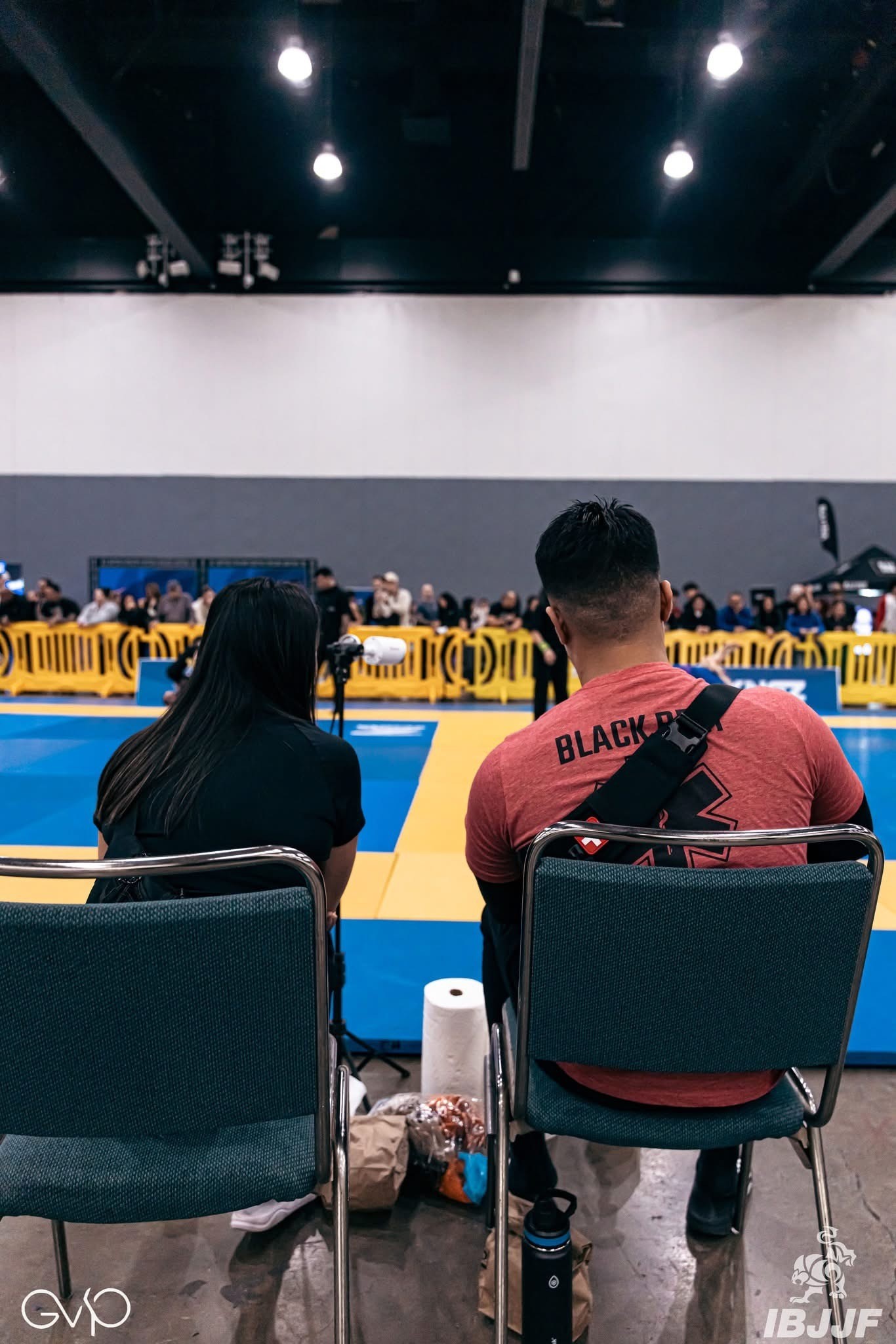
Dealing with a current or past injury?
Don’t wait until it sidelines you. Schedule a 1-on-1 evaluation or movement assessment with our physical therapy team to address pain, instability, or mobility issues specific to jiu-jitsu.
References
Petrisor, Brad A., et al. "Injury in Brazilian Jiu-Jitsu Training." Sports Health: A Multidisciplinary Approach, vol. 11, no. 5, 2019, pp. 432–439. SAGE Publications, https://doi.org/10.1177/1941738119849112.
Hinz, Maximilian, et al. "Injury Patterns, Risk Factors, and Return to Sport in Brazilian Jiu Jitsu: A Cross-sectional Survey of 1140 Athletes." The Orthopaedic Journal of Sports Medicine, vol. 9, no. 12, 2021, pp. 23259671211062568. DOI: 10.1177/23259671211062568.

Valentine Ngo
Contact Me
